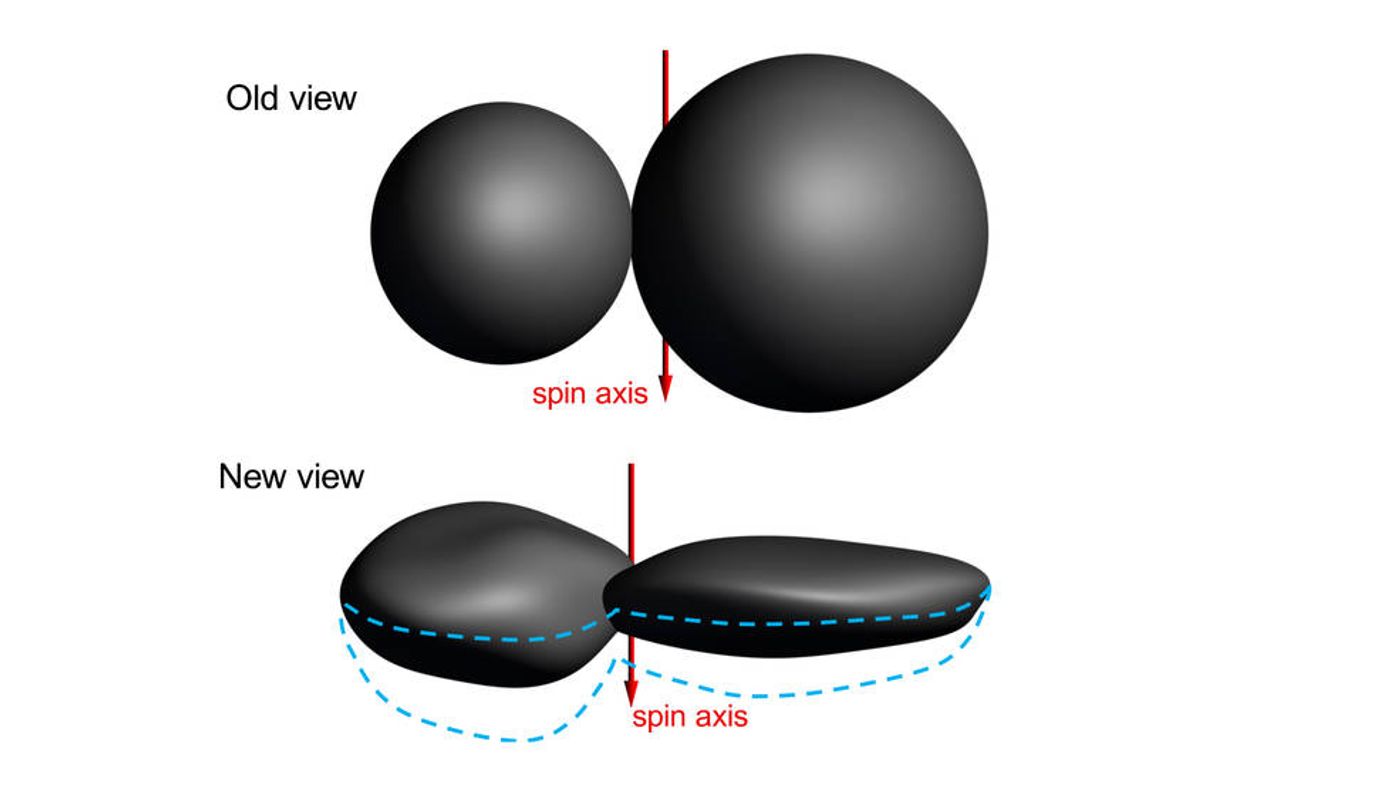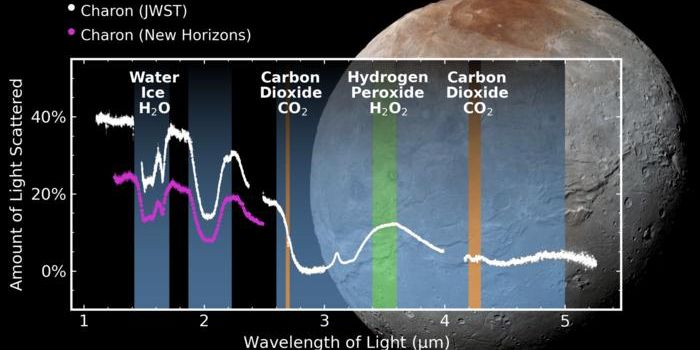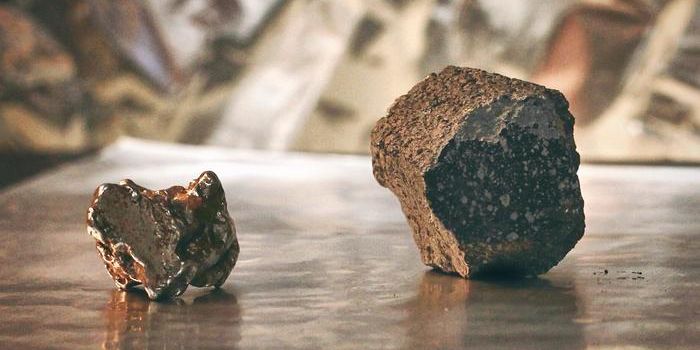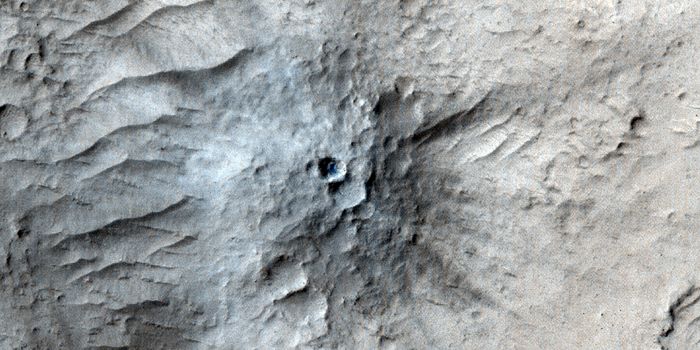New Horizons Reveals That Ultima Thule is Flatter Than Anticipated
NASA’s New Horizons spacecraft made the history books yet again on New Year’s Day when it flew past a dark, icy body located in the Kuiper Belt called 2014 MU69 (or more colloquially known as Ultima Thule). As you might come to expect, Hew Horizons captured several images of this distant world, becoming the first spacecraft to photograph a Kuiper Belt Object (KBO), and NASA continues to release some of the photographs in the order that they're received.
While some of the first images beamed back by New Horizons depicted a dual-lobbed object reminiscent of a double-stacked snowman, newer images published just this weekend by the American space agency reveal something entirely different – something much, much flatter:

Image Credit:
“This really is an incredible image sequence, taken by a spacecraft exploring a small world four billion miles away from Earth,” elucidated Alan Stern, the Principal Investigator of the New Horizons mission. “Nothing quite like this has ever been captured in imagery.”
Related: Say hello to some of the first images ever snapped of KBO Ultima Thule
This image sequence, allegedly captured while New Horizons was a median distance of 5,494 miles away from Ultima Thule on January 1st at 12:42 A.M. Eastern time, depicts a similarly dual-lobbed object, but you can clearly see some of the stars in the background in places where you’d expect stars to be blocked by the body’s mass. That said, NASA thinks Ultima Thule’s two lobes aren’t as round as initially thought; instead, they probably look something like this:
Image Credit: NASA/Johns Hopkins Applied Physics Laboratory/Southwest Research Institute
The new renderings depict the larger lobe, Ultima, appearing as a pancake, while the smaller lobe, Thule, resembles that of a dented walnut. The findings are a significant departure from the original belief that Ultima Thule was shaped like a snowman. The video below animates the renderings depicted above:
“We had an impression of Ultima Thule based on the limited number of images returned in the days around the flyby, but seeing more data has significantly changed our view,” Stern said. “It would be closer to reality to say Ultima Thule’s shape is flatter, like a pancake. But more importantly, the new images are creating scientific puzzles about how such an object could even be formed. We’ve never seen something like this orbiting the Sun.”
Related: A near-twin of New Horizons' Ralph instrument will go on to exploit Jupiter's Trojan asteroids
The latest findings underscore how something as simple as perspective can change how one interprets an object entirely – especially in the ominous blackness of outer space where light and shadows often work in mysterious ways to throw off observations.
“While the very nature of a fast flyby in some ways limits how well we can determine the true shape of Ultima Thule, the new results clearly show that Ultima and Thule are much flatter than originally believed, and much flatter than expected,” added Hal Weaver, a project scientist for the New Horizons mission. “This will undoubtedly motivate new theories of planetesimal formation in the early solar system.”
It should be interesting to see how the new findings impact theories of planet formation, especially since these objects were once thought to be much rounder. Fortunately, the best of NASA's Ultima Thule images are still on their way, delayed by massive file sizes and latency brought about by New Horizons' incredible distance from Earth (more than 4.1 billion miles at the time of this writing).
Source: NASA









